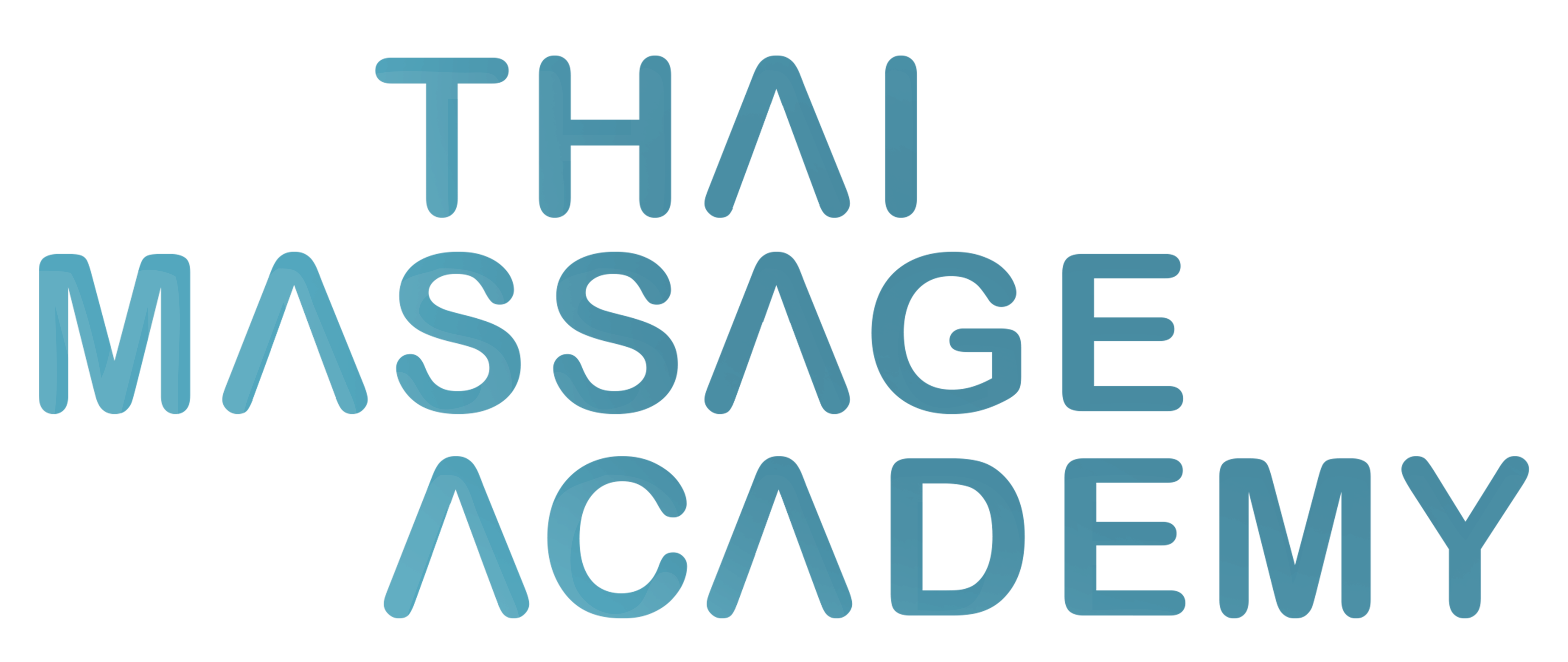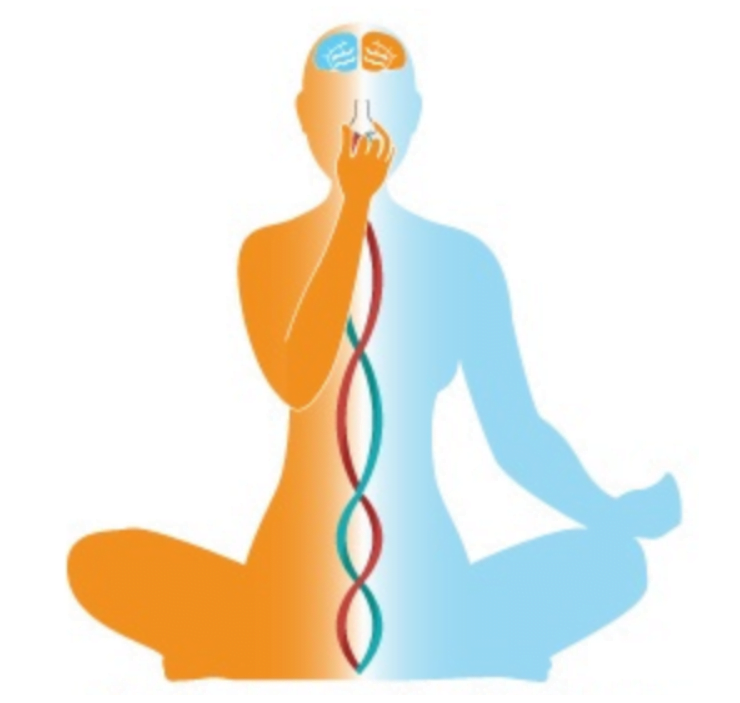Pranayama is a Sanskrit term that refers to the practice of controlling the breath in order to regulate the flow of prana, or vital energy, in the body. Pranayama is an integral part of the yogic tradition, and is considered to be a key element in the path towards physical, mental, and spiritual well-being.
The roots of pranayama can be traced back to the ancient Indian scriptures known as the Vedas, which contain detailed instructions on the proper techniques for controlling the breath and cultivating prana. In the Yoga Sutras, a key text in the yoga tradition, Patanjali defines pranayama as “the regulation of the incoming and outgoing flow of breath, with retention.”
There are numerous benefits associated with the practice of pranayama. Some of the most well-known benefits include:
- Reducing stress and anxiety
- Improving concentration and mental clarity
- Lowering blood pressure and heart rate
- Increasing energy and vitality
- Enhancing respiratory function
Incorporating pranayama into daily practice can be a powerful way to promote physical, mental, and emotional well-being. It can be practiced as a standalone practice or in conjunction with other yoga practices, such as asana (postures) and meditation.
There are many different types of pranayama techniques, each with its own unique set of benefits and effects on the body. Some common types of pranayama include:
- Ujjayi (Victorious Breath): A slow, deep breathing technique that involves slightly constricting the throat to create a smooth, even sound as the air passes in and out of the nostrils.
- Nadi Shodhana (Alternate Nostril Breathing): A balancing technique that involves alternating the flow of breath between the left and right nostrils.
- Bhastrika (Bellows Breath): A rapid, forceful breathing technique that involves rapidly inhaling and exhaling through the nose to stimulate the respiratory system.
- Kapalabhati (Skull Shining Breath): A powerful cleansing technique that involves rapid, forceful exhalations followed by passive inhalations.
Pranayama can have a powerful effect on the lungs, and can help to improve respiratory function and increase the capacity of the lungs. It is important to start slowly and gradually increase the duration and intensity of pranayama practice, and to consult with a qualified instructor or healthcare professional if you have any concerns about your respiratory health.



